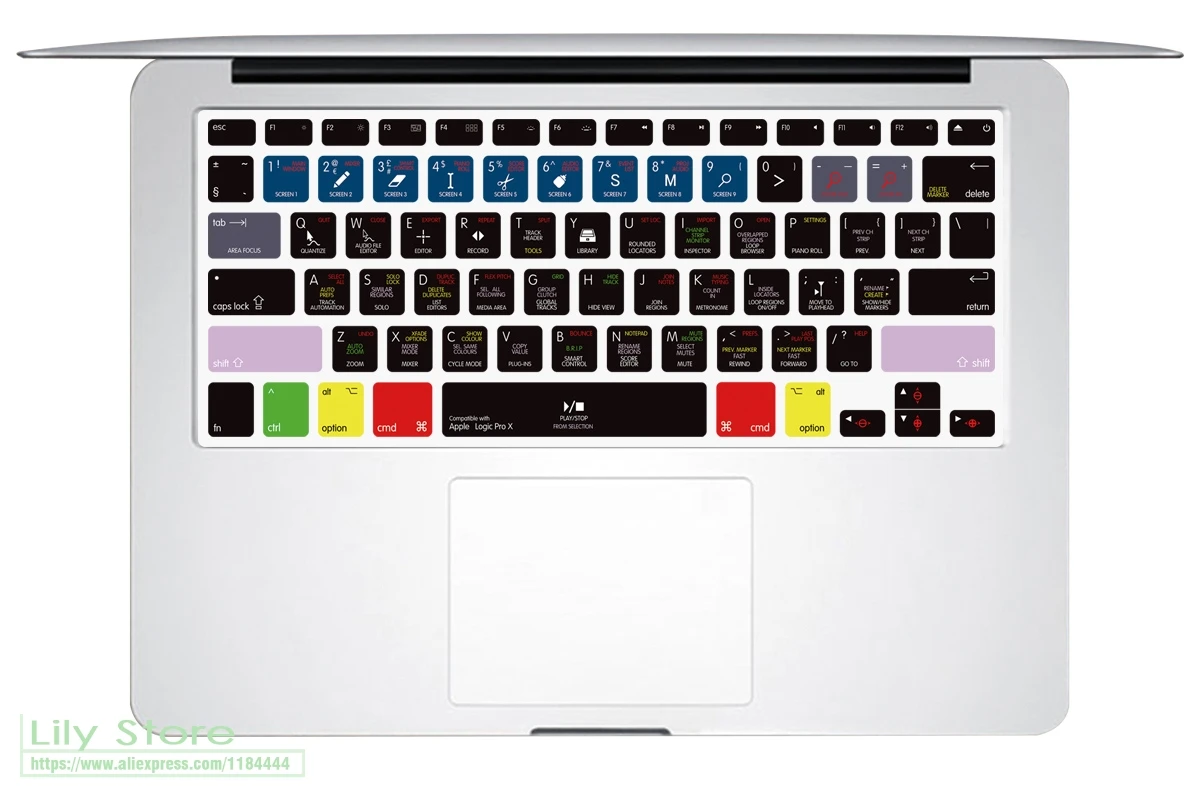

Enter your note in the current scale, then move to suit. MuseScore, as previously discussed, allows semitone adjustments through the up and down arrow keys. In all three applications, the zero ( 0) key creates a rest of the currently selected duration.

This may only work on the numeric keypad unless you have laptop keyboard shortcuts enabled. In Finale, the dot is added to the previously entered note. In MuseScore and Sibelius, this applies to the next note entered. If you have a numeric keypad and it isn’t working, try pressing Num Lock.įinale keys for note duration Typing dotted notes This would be fine if we all had numeric keyboards, but most laptop computers and some desktop keyboards don’t. Worse, the number line (the row above the letter keys) often behaves differently from the numeric keyboard (the 3×3 block like a telephone keyboard).

Typing durationsĪlmost all applications use the numbered keys to select note duration, but the exact mapping of numbers to letters is erratic. The note in the caret will only be added to your score one you press a pitch key, or you can press enter to add that exact note – useful for repeated notes. Press the up or down arrow keys to move the caret note by one degree within the scale, or hold down shift (Windows) or command (Mac OS) while pressing an arrow to move by a whole octave.

Usually this is the pitch of the previously typed note, but you can move it before typing a new pitch. In Finale, new notes actually appear relative to the coloured note shown within the caret. Use the same arrow key combinations as for MuseScore, although single arrows move by a degree within the current scale instead of a semitone. In Sibelius, the previously entered note also remains selected. Press the up or down arrow key to move this by a semitone, or hold down control (Windows and Linux) or command (Mac OS) while pressing an arrow to transpose by a whole octave. In MuseScore, the previously entered note remains selected. So, if you wanted a fifth above, you will actually get a fourth below. Usually it chooses the nearest note to the previous one entered. Because you are typing letters, your application has to guess at the octave. Once you start entering melodies, you will probably find that some notes appear an octave out of place. Carets in your musicĮach note will be created with whatever note duration you started with – to change this, see below. You will find that many of them still work. You will reinforce the common ground they hold, and gain deeper awareness of their quirks – and they all have quirks.Įven if you are using a different tool, try out the keyboard shortcuts that follow anyway. If you have access to more than one editor, learning to use them all is worthwhile.
Finale 2014 keyboard shortcuts free#
This tutorial will cover MuseScore 2 – the most accessible free and open source editor currently available – and Sibelius 7 and Finale 2014, the two most popular commercial notation editors.
Finale 2014 keyboard shortcuts how to#
However, your music editor also has a caret mode and a selection mode, but they require greater awareness of which mode they’re in and how to move between them. You have probably absorbed these lessons from your word processor, so easily that you don’t have to think about them.


 0 kommentar(er)
0 kommentar(er)
